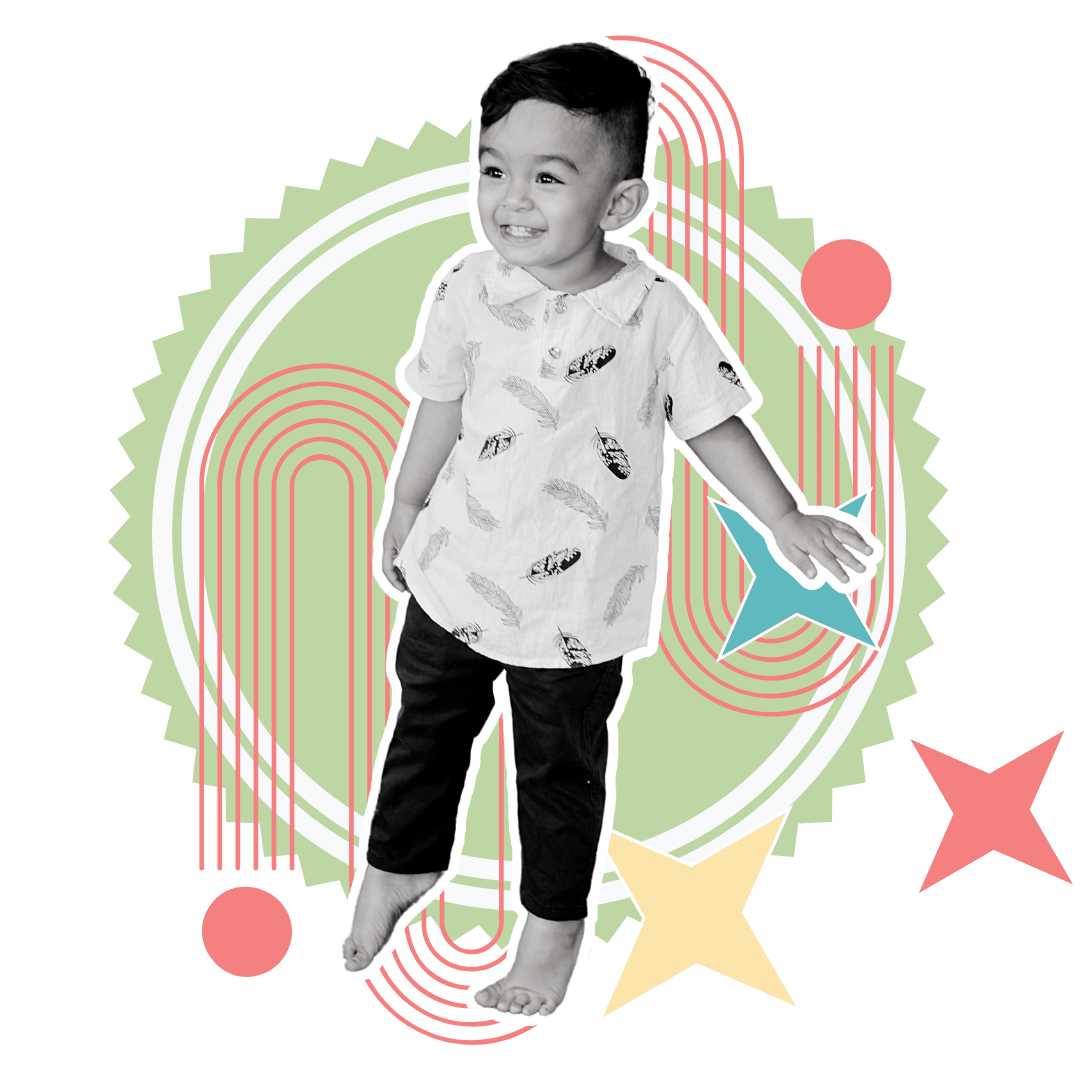Toe walking is common in children as they learn to walk. Most kiddos have a phase where they tip-toe around, a bit like an aspiring ballerina. It’s typically just a part of their learning process and generally fades away by their second birthday. But sometimes, our little explorers continue tip-toeing beyond this point, which gives rise to a condition known as idiopathic toe walking. And as much as many parents find toe walking cute, it should be assessed and evaluated early.
Continuous toe walking can make things a bit topsy-turvy for a child’s physical development. It can especially play tricks with the muscles in their calves – primarily the gastrocnemius and soleus. These muscles are constantly contracted due to toe walking, which can lead to them becoming tight and short over time. This ends up messing with the flexibility of the Achilles tendon, resulting in a condition known as contracture.
This muscle roller coaster doesn’t stop at the calves, though. It creates a cascade effect that can influence the child’s overall posture and movement. As they grow, these unusual movement patterns could cause discomfort or pain in other body parts, like knees, hips, or back. Toe walking can also play a significant role in compounding sensory integration difficulties, which refers to how the brain processes sensory inputs like touch, movement, and body awareness. Disruptions in this process can lead to coordination, balance, and motor skill development issues.
And let’s remember the little feet that are bearing the brunt of this toe-walking. Over time, it can cause premature wear and tear, specifically to the metatarsophalangeal (toe knuckles) and interphalangeal joints (hinged joints such as the ankle), leading to discomfort, pain, and even mobility issues down the line.
So, what can we do about it?
Pediatric massage therapy can work wonders, particularly focusing on the lower limb muscles. It zeros in on those shortened calf muscles, enhancing flexibility and promoting lengthening.
Beyond just tackling muscle issues, massage therapy also boosts blood circulation in the affected areas, stimulating healing and growth, which is super important as children’s bones grow faster than their soft tissues can stretch. With improved blood flow, the soft tissues can keep pace with bone growth, averting muscle and tendon tightness.
Touch therapy for pediatrics is all about gentle pressure and soothing gliding movements. It helps the child develop a better sense of their body, making them more aware of where their feet are positioned. Touch therapy may help correct a child’s walking patterns by enhancing their sensory inputs.
A Certified Pediatric Massage Therapist (CPMT®) once shared a success story about a child who had been toe-walking for a prolonged period. With a thoughtfully designed touch therapy regimen, over time, the child became more aware of the position of their feet. This awareness and specific massage techniques helped relax the shortened muscles and eventually corrected the toe-walking pattern.
Pediatric massage and touch therapy are safe, practical strategies for various conditions, including idiopathic toe walking. But remember, every child is different, and their responses to therapies can vary. That’s why it’s vital to have a trained pediatric massage therapist involved in creating and implementing a treatment plan tailored to the child.
So, while toe walking may seem like a daunting issue with various potential physical complications, there’s a comforting solution in touch therapy and pediatric massage.

